Gwangju Pyeongchon Village (광주 평촌마을)
13.5Km 2025-08-12
15 Pyeongchon-gil, Buk-gu, Gwangju
+82-62-266-2287
Gwangju Pyeongchon Village, located north of Mudeungsan Mountain, is a cozy farming village made up of four villages Dongrim, Daman, Woosung, and Dangmoe. The village still has an excellence natural preservation, growing environmental-friendly rice in the fields and Punamcheon stream that runs through the middle of the village is home to fireflies and otters. The village also keeps the tradition of making pottery as the village was the place that made grayish-blue-powdered celadon during the Joseon dynasty. The village street corner offers visitors to Mudeungsan Mountain a place to rest with Mudol-gil shelter and Bandi lodging.
Gwangju Seochang Silver Grass Festival (광주 서창 억새축제)
13.6Km 2023-11-22
377 Seochangduk-gil, Seo-gu, Gwangju
+82-62-350-4792
Gwangju Seochang Silver Grass Festival takes place along the themed walking paths next to Yeongsangang River with a range of walking programs and photo spots.
Yeongsangang River Bike Road (영산강 자전거길)
13.6Km 2025-08-12
377 Seochangduk-gil, Seo-gu, Gwangju
The Yeongsangang River Bike Road, stretching 133 kilometers along the Yeongsangang River in Gwangju, offers a scenic route. It winds past notable landmarks including the Seungchonbo Reservoir, Najudaegyo Bridge, Yeongsanpo Port, Hwangpo sailboat, Natural Dyeing Culture Center, and Naru Village. Along the path, riders can enjoy five of the most picturesque spots in Yeongsan. The starting point of the route, the Yeongsangang River Bike Road Information Center, provides free bicycle rentals and bike safety training.
Pungam Reservoir (풍암저수지)
13.7Km 2020-06-05
71-3, Woldeukeopseo-ro, Seo-gu, Gwangju
+82-62-365-4114
Pungam Reservoir was originally built in 1956 for agriculture, but was turned into a park in 1999 as part of the pilot program for developing parks nationwide. It is a popular resting area featuring traditional pavilions and wooden bridges.
De Young Museum (드영미술관)
14.0Km 2024-10-10
6 Seongchon-gil, Dong-gu, Gwangju
De Young Museum is an art gallery located at the entrance to Mudeungsan National Park. The gallery opened in 2018 with the concept of being "forever young" and aims to develop the local culture scene through connections with the local community.
Mudeungsan National Park (무등산국립공원)
14.2Km 2023-11-14
29 Dongsan-gil, Dong-gu, Gwangju
+82-62-227-1187
Mudeungsan National Park is a mountain park lining the edge of Hwasun-gun, Damyang-gun and Gwangju. Mudeungsan Mountain (1,186 meters) features three rock peaks called Cheonwangbong, Jiwangbong, and Inwangbong, also known as the “Jeongsang Three."
Mudeungsan’s gradual slope makes it an easy climb for all. Among the more majestic of these sites are the Seoseokdae, Gyubong, and Ipseokdae peaks. At the base of the mountain are several famous temples including Yaksasa, Jeungsimsa, and Wonhyosa Temples. Mudeungsan Mountain is also known for its beauty throughout the year. The autumn leaves around Gyubongam Hermitage and silver grass of Baengma Ridge are quite spectacular. In winter, snow and ice on the mountain create exquisite scenery as well.
Below the mountain, there are a variety of recreational facilities and tourist sites for visitors.
Aritaum - Gwangju Jinwol Branch [Tax Refund Shop] (아리따움 광주진월점)
14.4Km 2024-04-23
687, Seomun-daero, Nam-gu, Gwangju
-
Donggok Museum of Art (동곡미술관)
14.5Km 2024-12-17
37 Eodeung-daero 529beon-gil, Gwangsan-gu, Gwangju
Donggok Museum of Art, opened in December 2020, a two-story building has exhibition halls, educational rooms, a sculpture park and more. There are rest areas to relax after enjoying arts, as well as spaces for visitors to find their creativity.
Dasomchae (다솜채)
14.8Km 2024-12-22
27 , Naesang-ro 51beon-gil, Gwangsan-gu, Gwangju
+82-70-8830-7700
Dasomchae in Songjeong-dong, Gwangju, Jeollanam-do, is a guesthouse in an 80-year-old hanok with a spacious yard. All rooms have red clay walls and natural cotton bedding is provided. The yard contains many elegant locust, plum,and other fruit trees, and summertime brings the lovely sight of trumpet creepers winding round the chimney. The location is convenient for transport as it’s only a 10-minute drive to Gwangju Songjeong Station.
Damyang Safety Experience Training Center (KOSHA) (담양 안전체험장(안전보건공단))
14.9Km 2025-07-30
219 Byeongmok-ro, Geumseong-myeon, Damyang-gun, Jeollanam-do
Damyang Safety Experience Training Center offers programs to raise safety awareness by providing hands-on experiences of accidents that can occur in daily life. There are around 36 experience programs with a focus on the prevention of accidents such as fire, entrapment, and electric shock, as well as first aid. The VR zone at the center offers a vivid experience of various accidents and accident prevention measures, making the training more engaging. The educational programs are available for people of all ages.
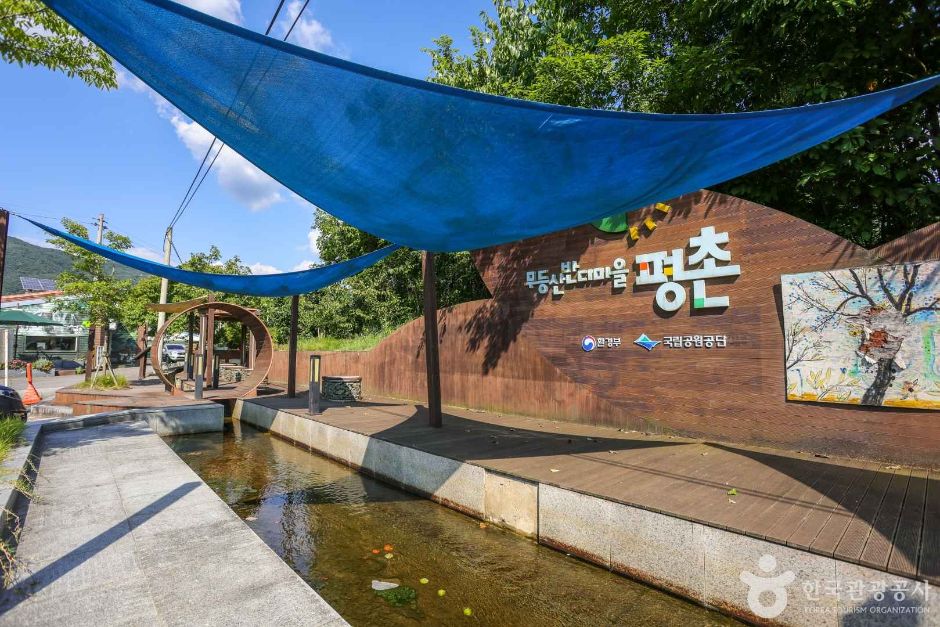
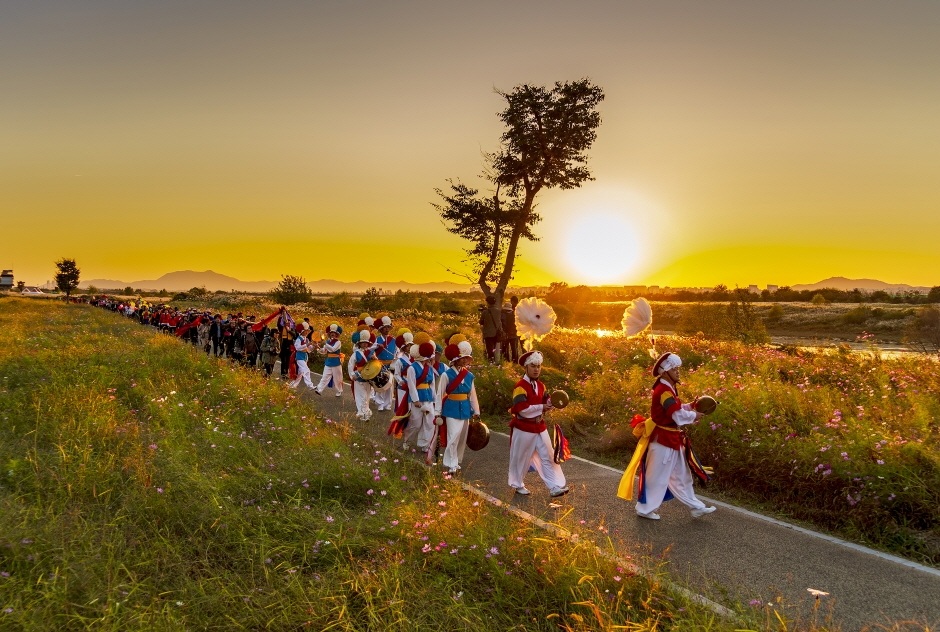
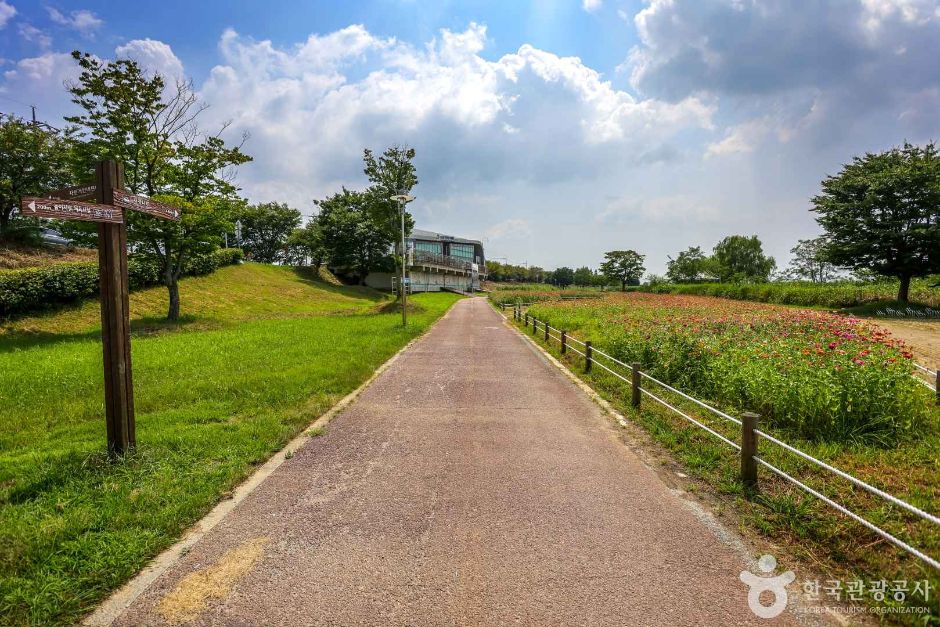
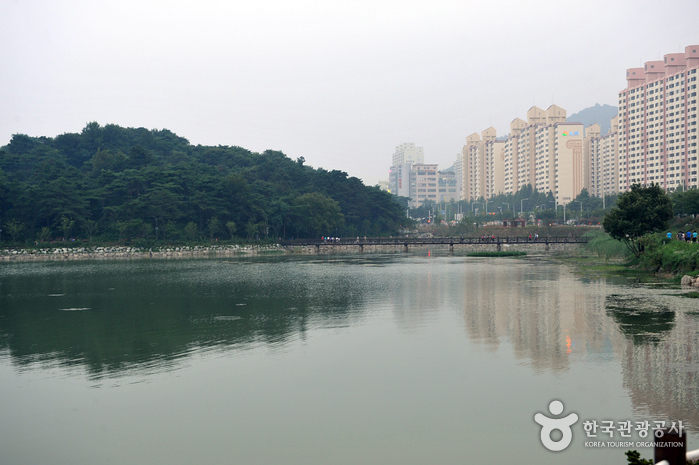

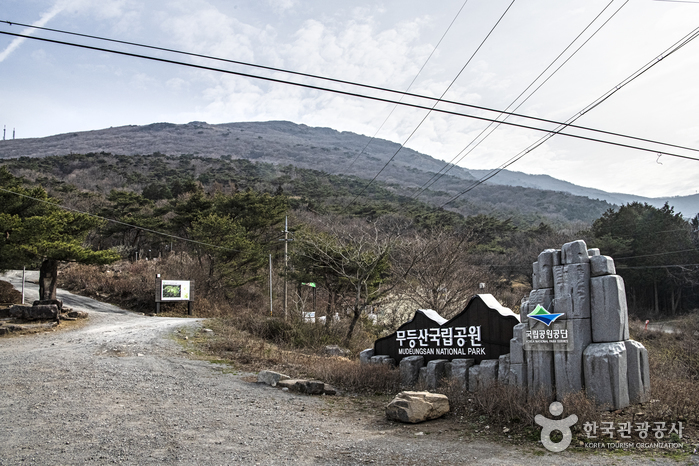
![Aritaum - Gwangju Jinwol Branch [Tax Refund Shop] (아리따움 광주진월점)](http://tong.visitkorea.or.kr/cms/resource/07/2886907_image2_1.jpg)
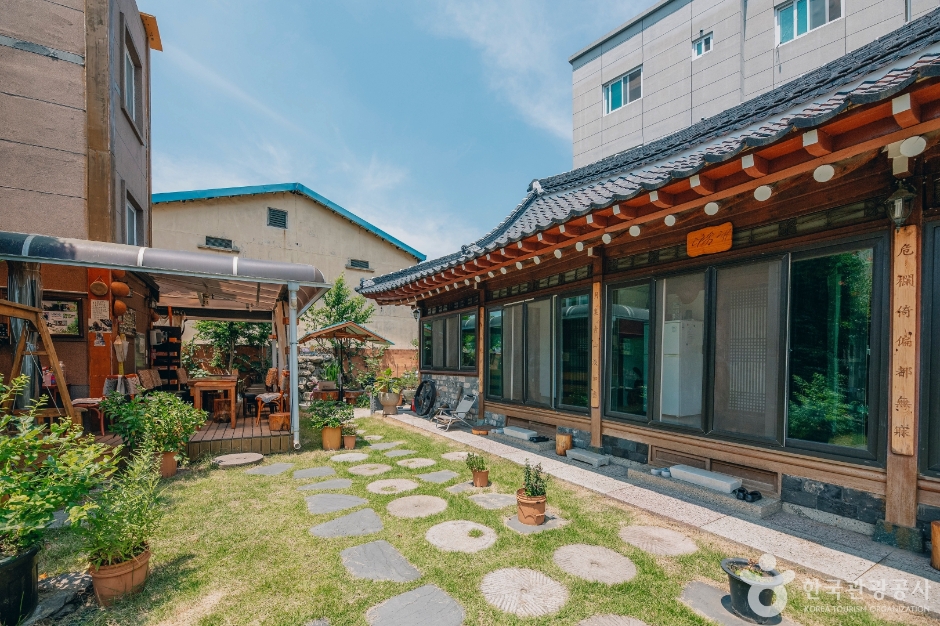
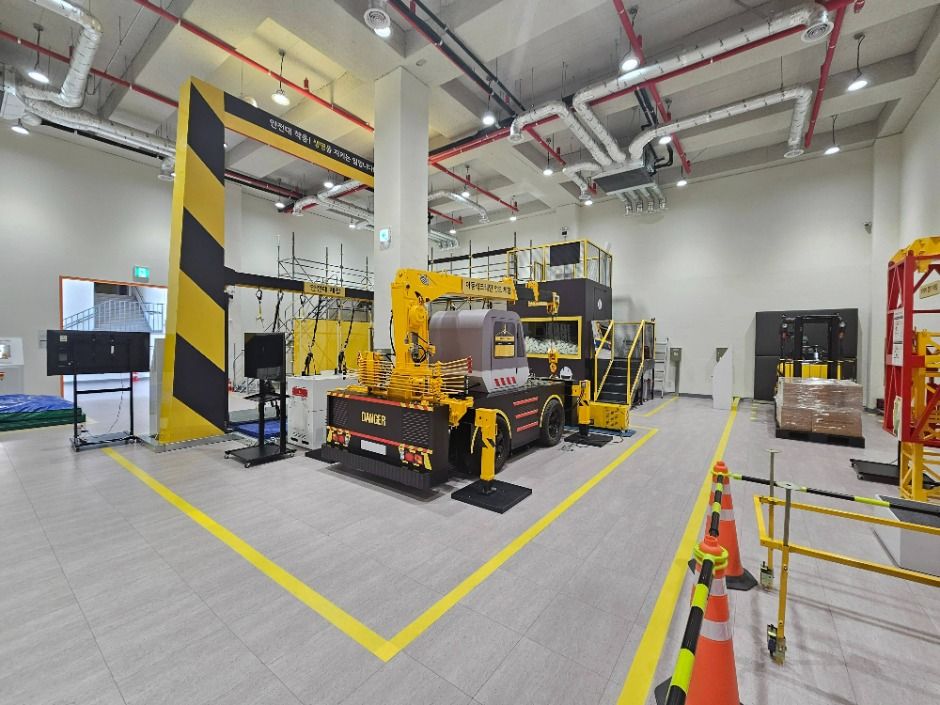
 English
English
 한국어
한국어 日本語
日本語 中文(简体)
中文(简体) Deutsch
Deutsch Français
Français Español
Español Русский
Русский